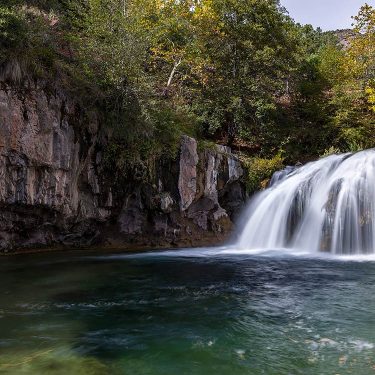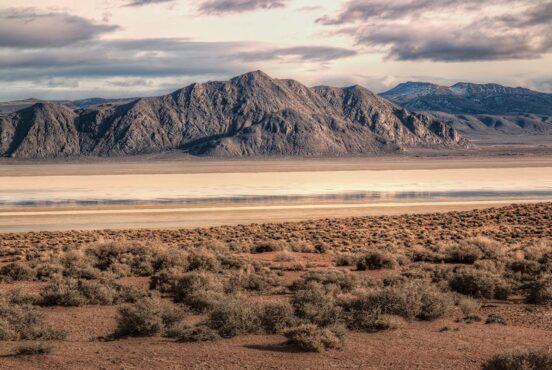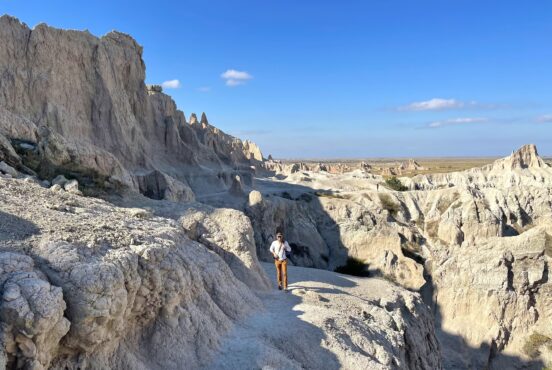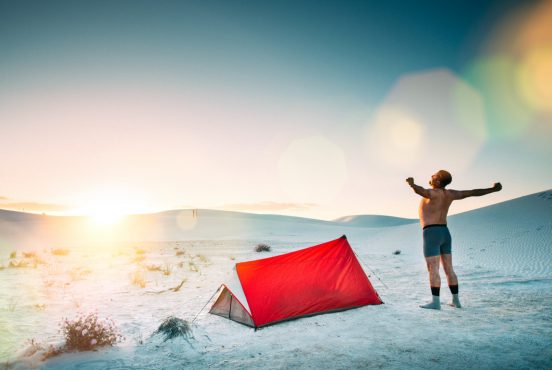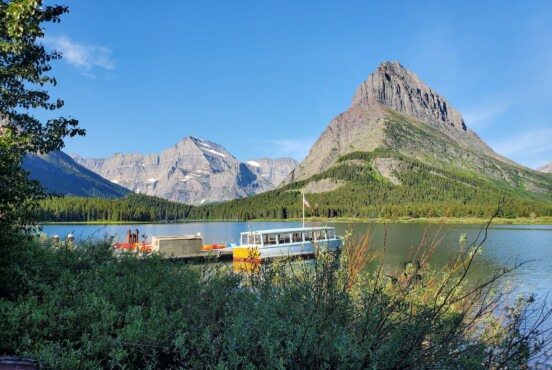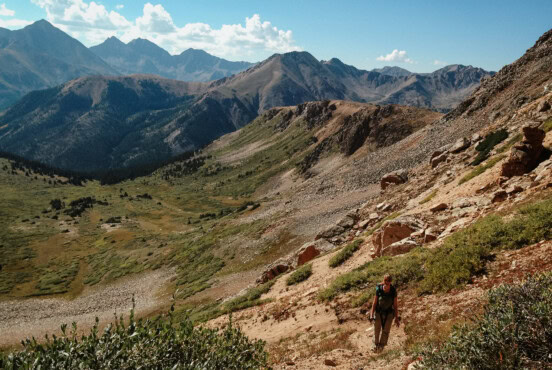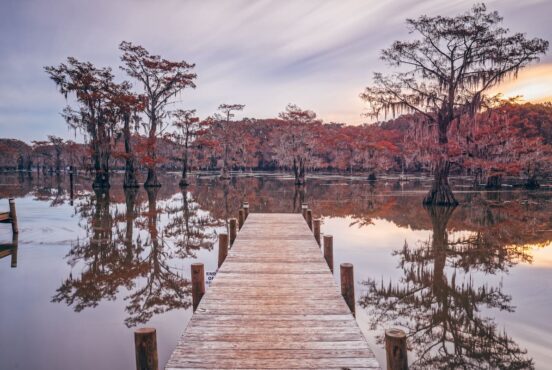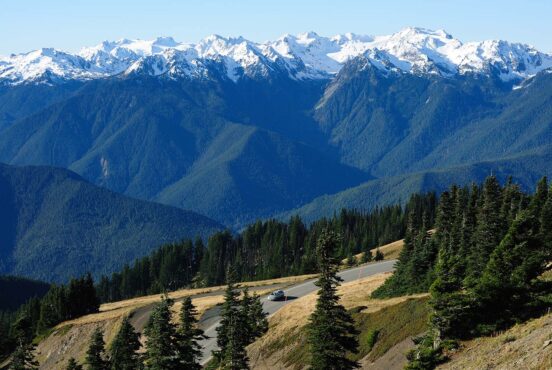If you’re ready to explore beyond the pavement, you’ll need a vehicle that can take you there. Overlanding vehicles are durable and rugged—just what you need for an off-road adventure.
I love taking the long route. It started after college when I circumnavigated Australia. My travels took me thousands of miles along most of the coast and through the middle of a big, barren red country. Since then, I have sought out the road less traveled. From my home base in Colorado’s Rocky Mountains, I have had numerous overlanding vehicles that continue to fuel my spirit of adventure.
Overlanding is a travel movement for those who seek off-road adventure to remote destinations. People who love cars and hate crowds head out on a journey where the experience is just as important as the destination. Therefore, an overlanding vehicle needs to be durable, reliable, and able to carry everything you need to be self-sufficient for the remote and extended expedition. But with so many options on the market, where do you start?
Here’s the thing: there’s not just *one* best overlanding vehicle. Yes, having good ground clearance, a shorter wheelbase, and four-wheel drive is helpful when navigating tricky terrain, but there are many other considerations. So here’s a tip: the best vehicle is the one that fits your intended use, priorities, and budget.
Almost any vehicle can be outfitted for an off-road adventure, but some excel more than others. Here’s our list of the best vehicles for overlanding.
The Best Overlanding Vehicles: SUVs
Jeep Wrangler
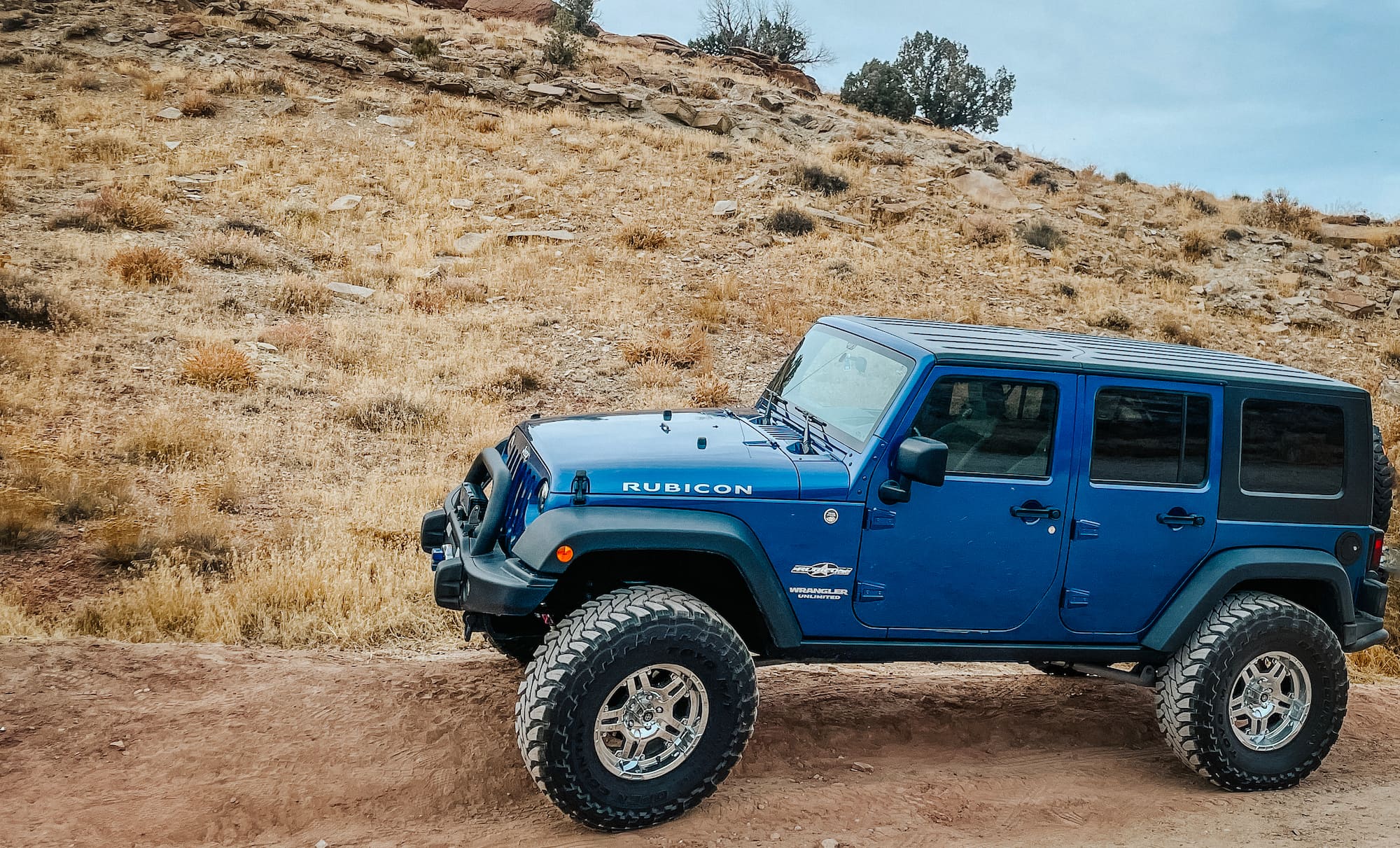
One of the most iconic rigs in off-roading is the Jeep Wrangler, and for good reason. It has achieved its elite off-road status because it is rugged, versatile, and highly customizable —everything from the tailgate to the doors and roof can be removed or replaced.
On a recent trip to the Big Island in Hawaii, we rented a Jeep Wrangler as a rugged vehicle to navigate steep, curvy roads up to volcanos and down dirt paths to isolated sandy beaches. It was the closest thing to a convertible when we took the top off, but enough room to carry gear for a family of four. The Jeep Wrangler was nimble and had a tight turning radius, making it ideal for navigating to off-the-beaten-path destinations.
The Wrangler has one of the most extensive offerings of aftermarket accessories, allowing you to upgrade stock parts or bolt-on new ones to provide the ultimate modified Jeep. Its compact size and off-road capability make it ideal for navigating technical trails.
Ford Bronco
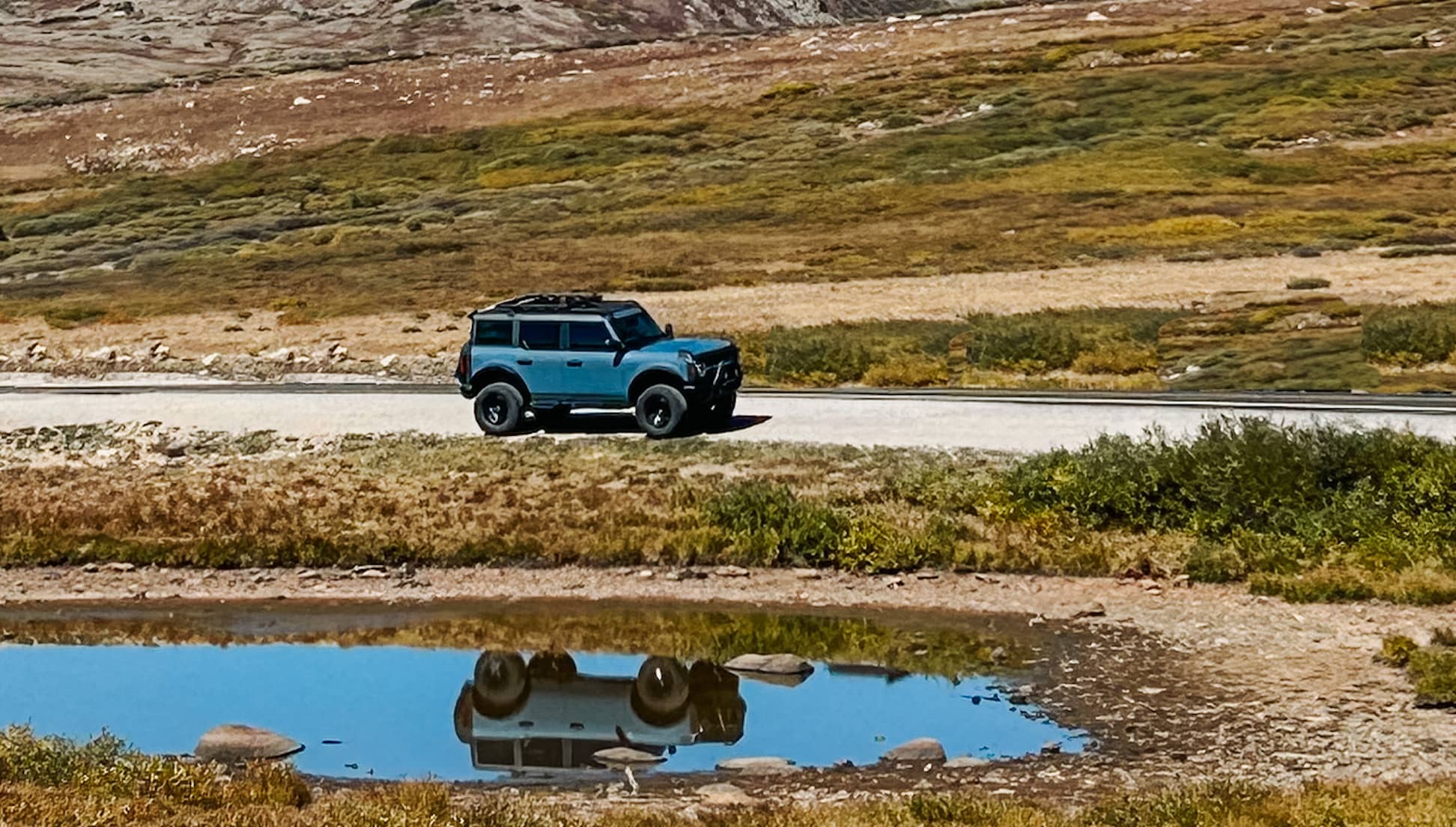
After a 25-year hiatus, the Ford Bronco was reintroduced in 2021 as a compact, highly customizable off-road vehicle to compete with the Jeep Wrangler. A boxy, retro design and practical interior offer more than just good looks. With plenty of ground clearance, a short wheelbase, and independent front suspension – which allows each wheel on the same axle to move independently of each other —the Ford Bronco maneuvers comfortably through rough roads.
The entire car can be modified, and aftermarket accessories are easy to come by. Alternatively, opt for the complete off-road package, which includes high-clearance suspension, front and rear locking differentials, reinforced skid plates, and high-performance off-road tires.
Toyota 4Runner
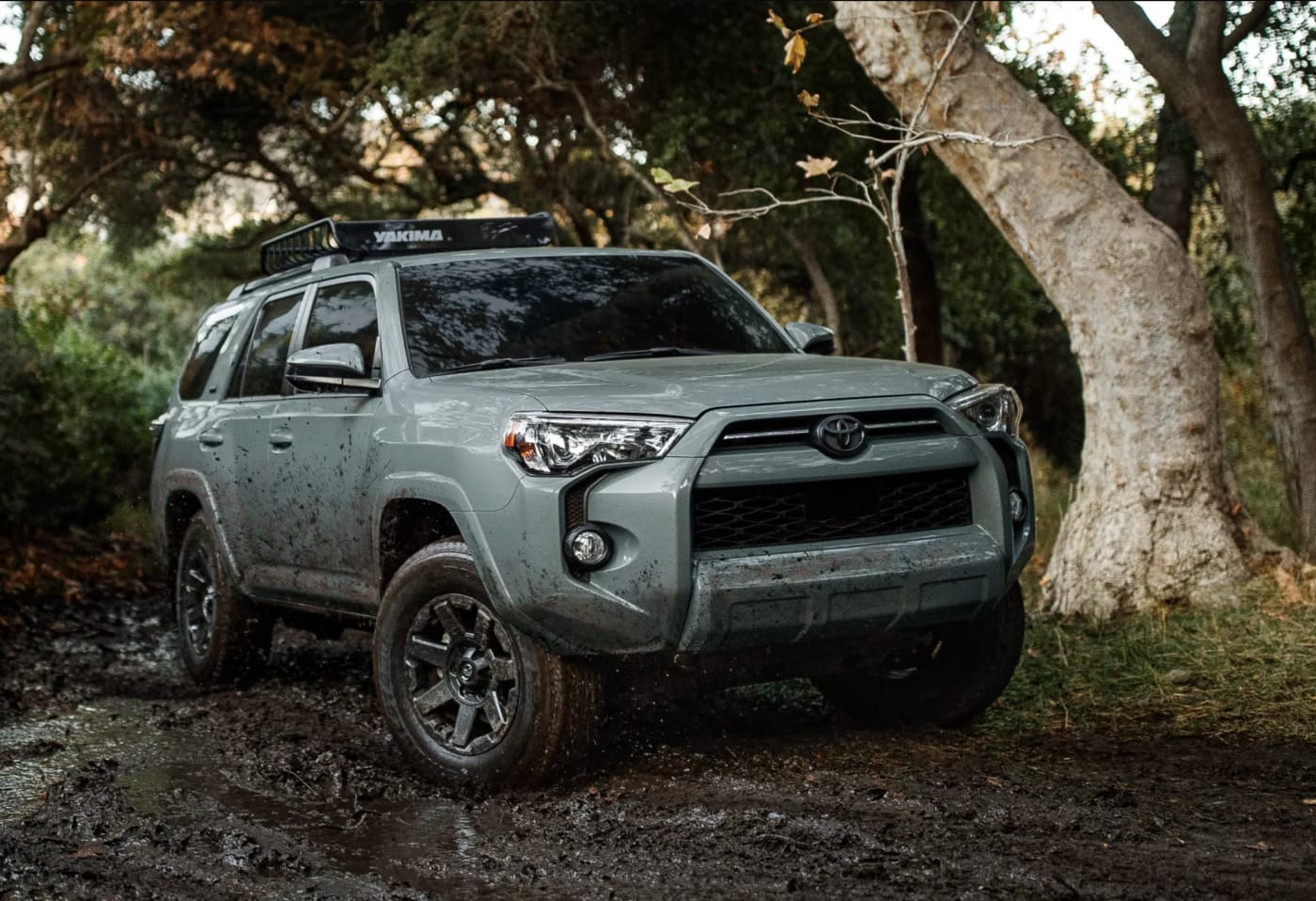
Imogene Pass is a well-known rocky, steep, and technical 4WD road between Telluride and Ouray, Colorado. Our intention was only to drive a few miles into a hut, but the first few miles of road were gnarlier than I expected. Luckily, one of our friends had a Toyota 4Runner to get us there. My eyes were half-closed and my heart rate was elevated as we bumped over boulders, drove on off-camber slabs, and navigated narrow rock faces with steep drops. As much as I was uncomfortable, the 4Runner was not.
Toyota 4Runners have been one of the more popular options for overlanding vehicles since their release in 1984. Toyotas have a reputation for reliability and durability. Many continue to run well over 200,000 miles.
The 4Runner is a comfortable and agile SUV outfitted with various off-road features and the towing capacity of some full-size trucks. Spacious interiors on this capable four-wheel drive vehicle make it an excellent choice for a daily drive or extended off-road adventurers.
Toyota Land Cruiser
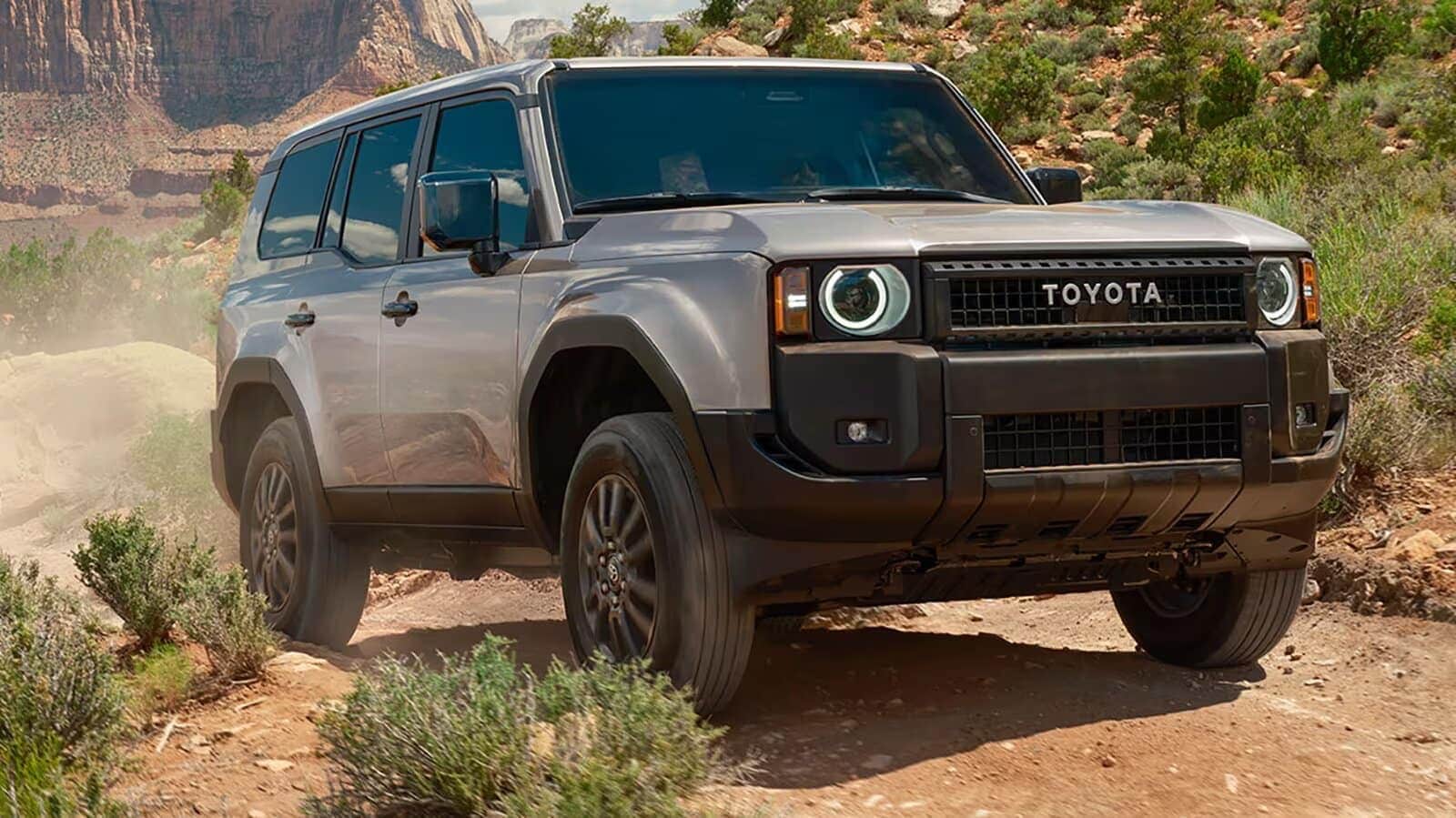
The Toyota Land Cruiser is one of the most well-known global overlanding vehicles for off-road travel. Indestructible and dependable, even the stock Land Cruiser is solid and well-built. A step up from the Four Runner, this vehicle offers luxury interiors and a more storied history, with roots dating back to the military trucks of the 1950s.
Land Cruisers have long been a staple in the overlanding world due to their powerful, reliable engines lasting hundreds of thousands of miles. An advanced four-wheel drive system provides superior off-road capability while a sufficient turning radius helps maneuver through tight spaces.
Lexus GX 460/470
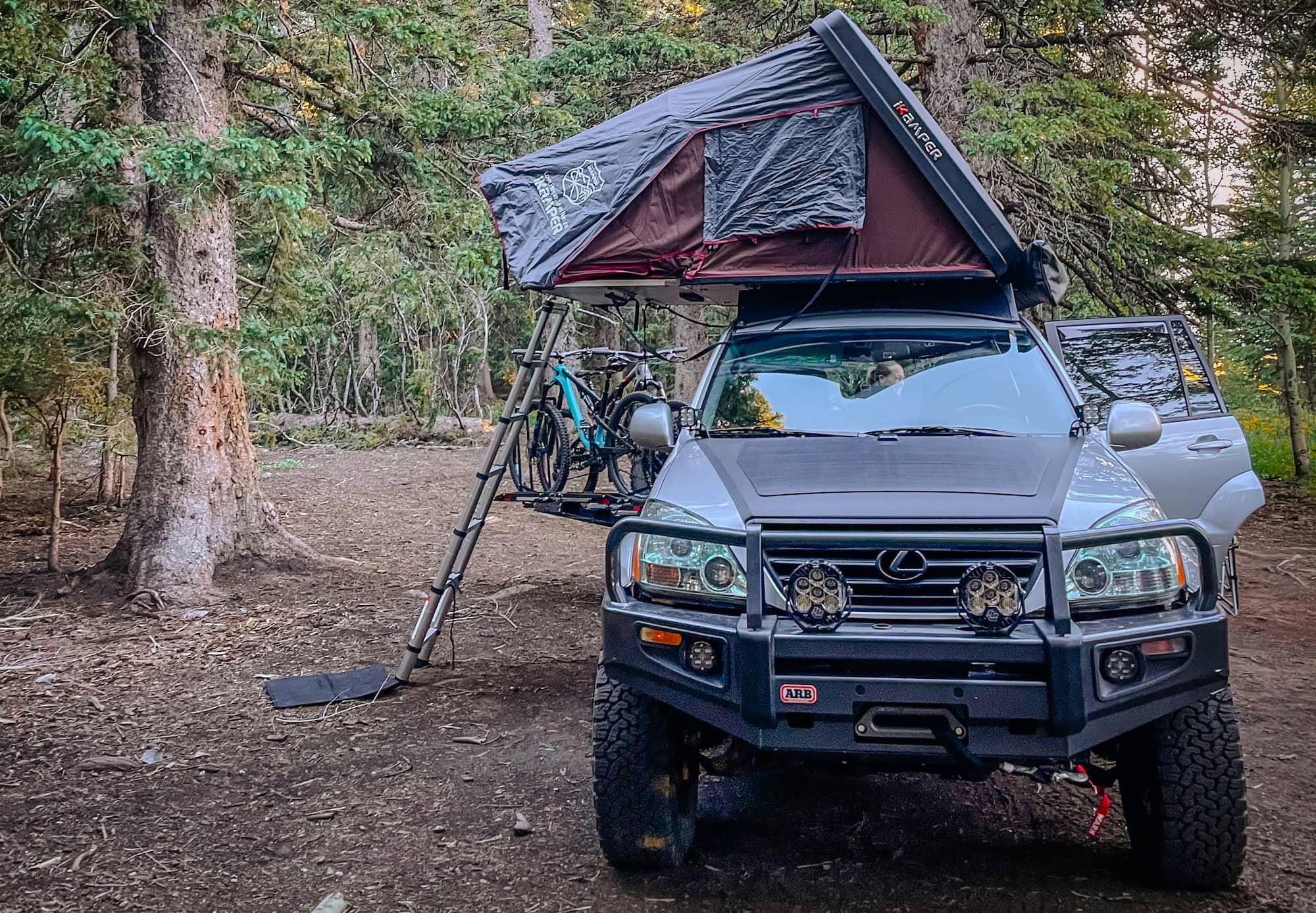
Built on the same platform as the Toyota Land Cruiser Prado, the Lexus GX460 (and older generation GX470) offers a reliable off-road vehicle with luxury interiors. Both comfortable and capable, the Lexus GX 460/470 is popular because it’s an excellent daily driver that is always ready for an off-road adventure.
I often travel with friends, a family of three, in the Lexus GX470. Even with a car seat, the full-size SUV has plenty of interior space to carry people and gear while providing a comfortable ride. They folded the third-row seat and outfitted the back with drawers to store their supplies, kitchen, and camping gear.
We planned a camping trip one mid-summer weekend, only to see rain in the forecast. Searching the state for a dry window to plan an adventure, we finally settled on the Grand Mesa in Western Colorado, which has enough dirt roads high on a plateau, thousands of feet above the valley floor, to get lost for a while. The Lexus GX470, with full-time four-wheel drive and a V8 engine, plowed through puddles and rambled through backcountry roads until we found a secluded camp spot in a flat, shaded grove of trees next to a field of wildflowers.
The Best Overlanding Vehicles: Trucks
Toyota Tacoma
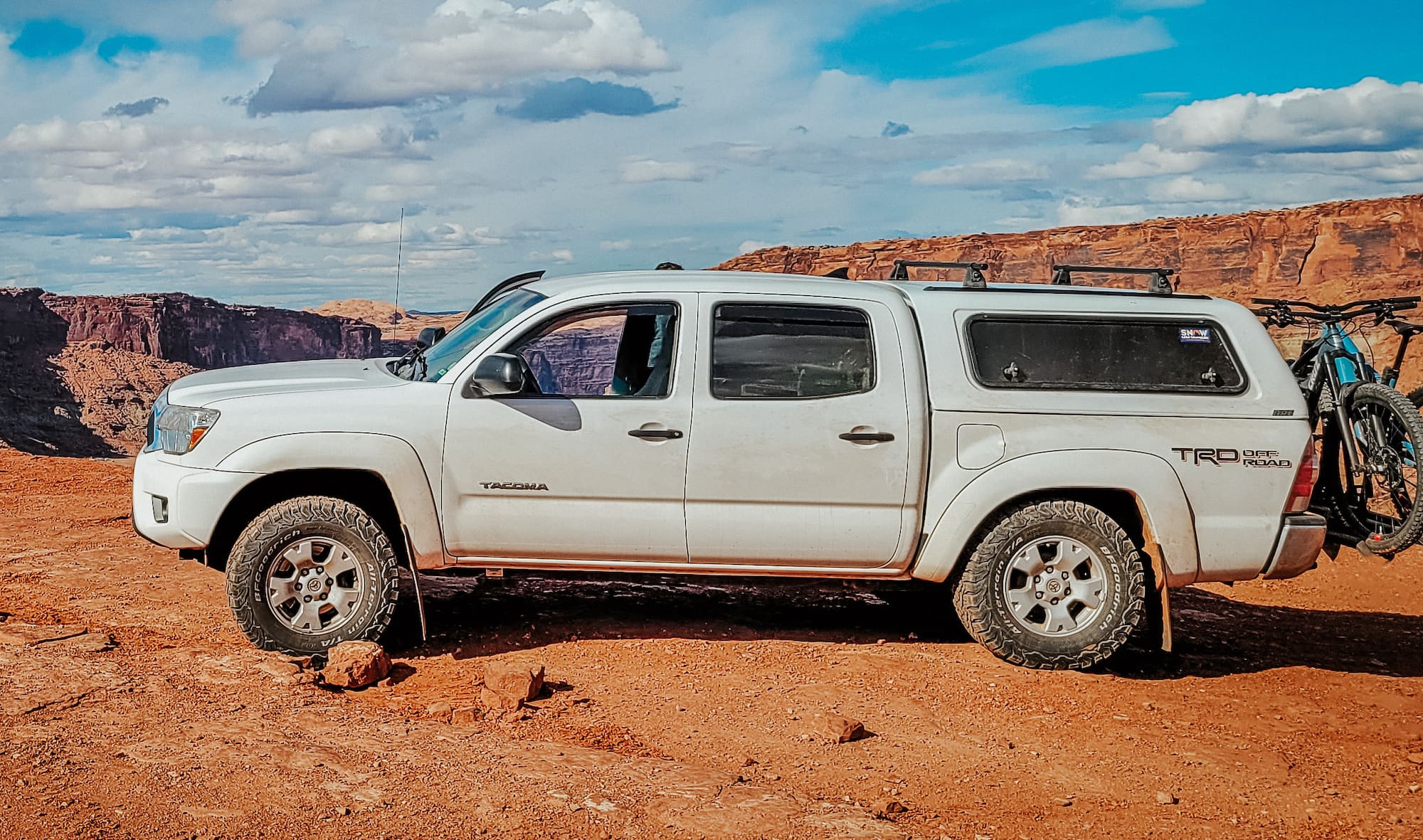
The Toyota Tacoma is a popular mid-size truck for overland enthusiasts. Due to its four-wheel drive capability, shorter wheelbase, and compact size, the Tacoma is agile on the trail. Many people choose the Tacoma for its ability to transition from weekday to weekend warrior.
There is a healthy supply of aftermarket parts to customize it to be the ultimate off-road vehicle. Or opt for the TRD Pro package, a turn-key, off-road-ready vehicle.
Chevy Colorado
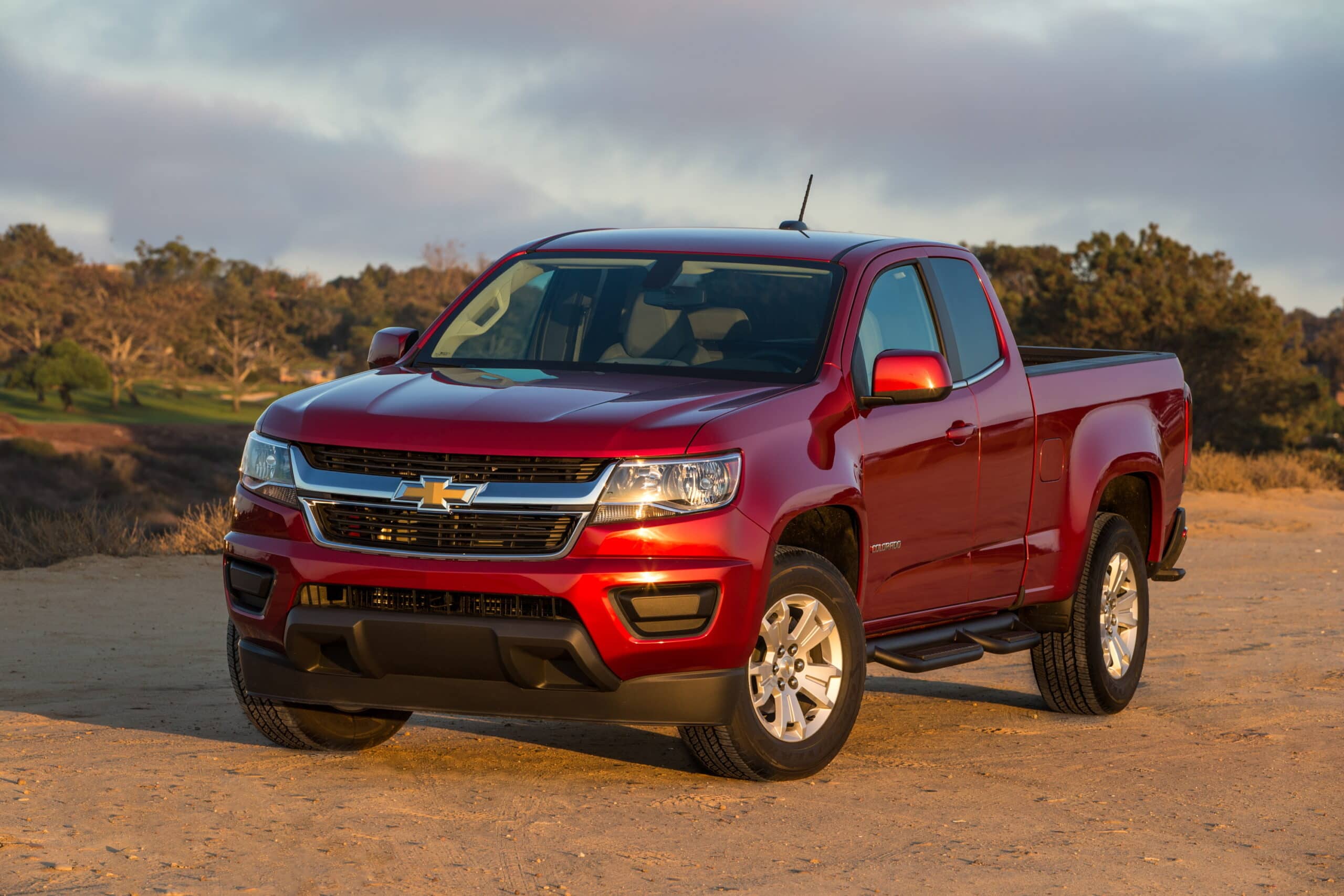
A four-door narrow cab with plenty of interior and cargo space makes the Chevy Colorado a worthy option for off-roading adventures. Featuring a compact body, good ground clearance, optional upgraded suspension, and a more robust chassis, the Colorado has improved its off-road performance while maintaining a smooth road ride, making it an ideal vehicle for maneuvering through dirt trails or daily traffic.
Jeep Gladiator
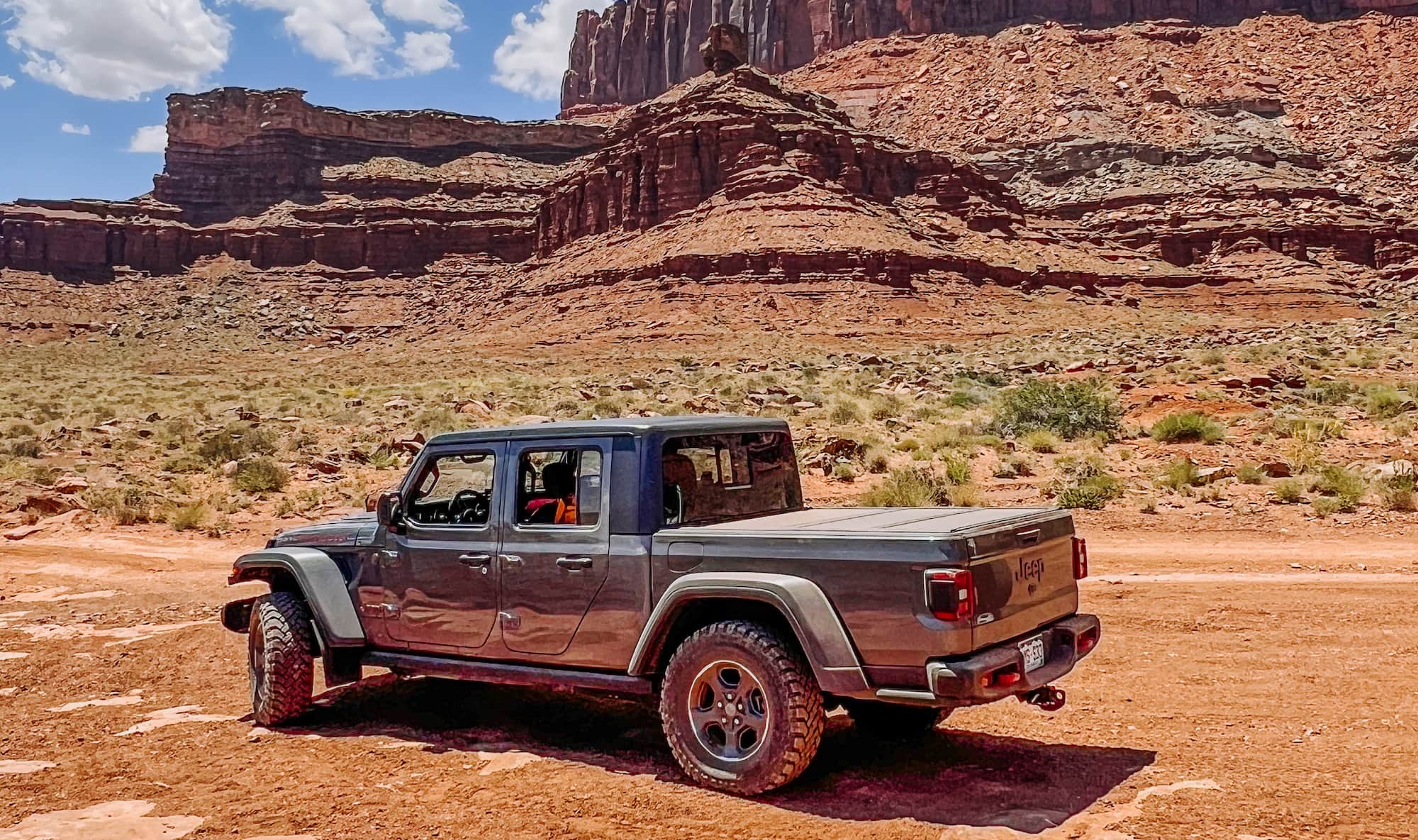
A jack of all trades, the Jeep Gladiator is an excellent overlanding vehicle because it combines an SUV with the bed of a truck, so you get the best of both worlds. Classified as a mid-size truck, the Gladiator has the same capability and prowess that people love about the Jeep Wrangler, but with more space to haul gear. With a similar ability to strip down and rebuild with aftermarket accessories, there are endless options to customize the Gladiator.
The Gladiator, much like Wrangler, excels at technical off-roading. Even the base model is ready to tackle the trails. It’s a capable vehicle in a compact size, lending itself to be stable and comfortable wherever the road takes you.
Toyota Tundra
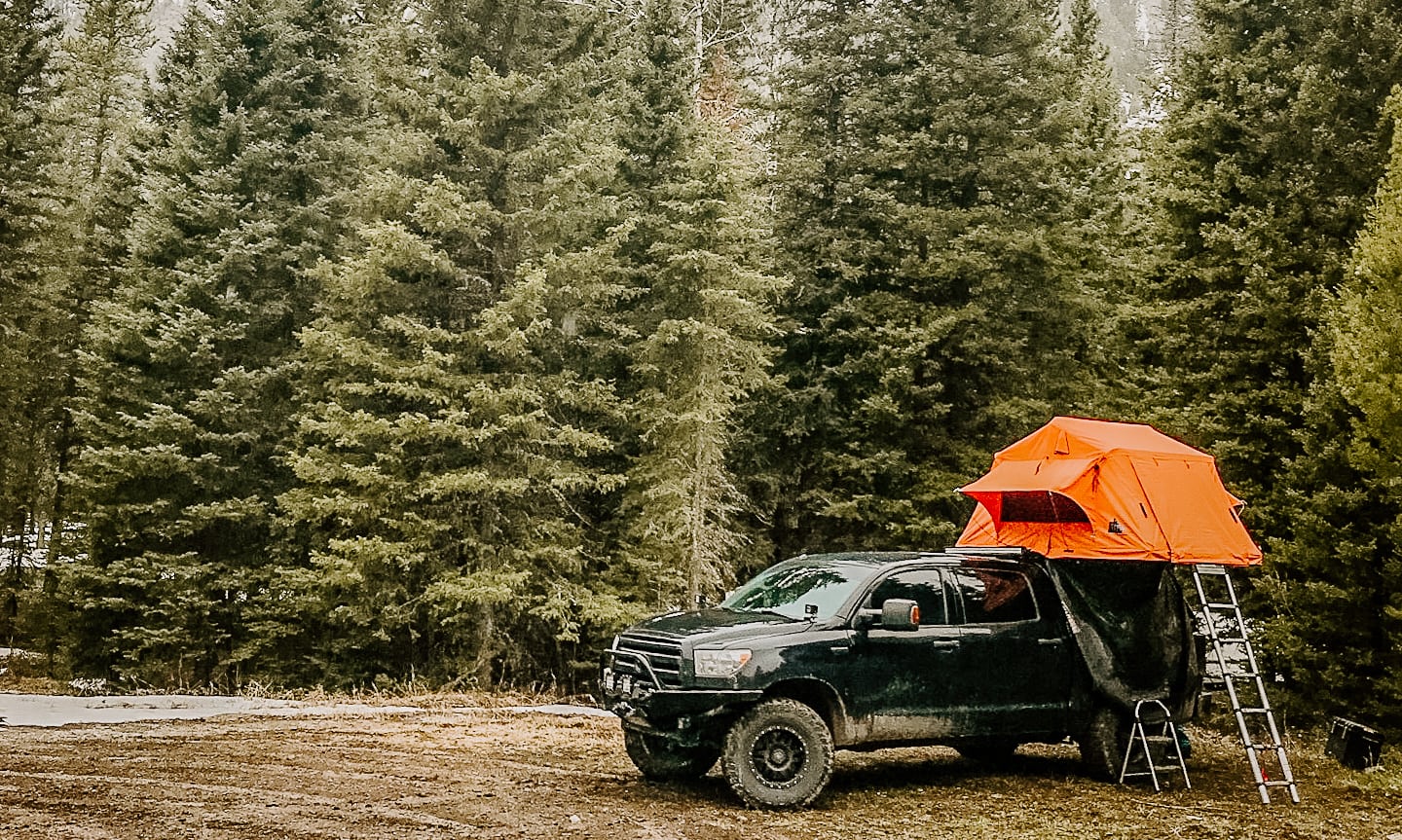
The Toyota Tundra wins a top spot as a full-size truck for overlanding due to its durable construction and reliable engine. When my husband and I first met, we started camping in the back of his work truck, a Toyota Tundra. It was a simple setup, but we didn’t need much. A robust frame and body with decent ground clearance always got us where we needed to go — a quiet camp spot deep in the woods.
Whether his truck bed was brimming with construction equipment or loaded with bikes and gear, the Tundra’s powerful engine and sturdy suspension were just as efficient for daily drives and dirt roads.
Ford F150
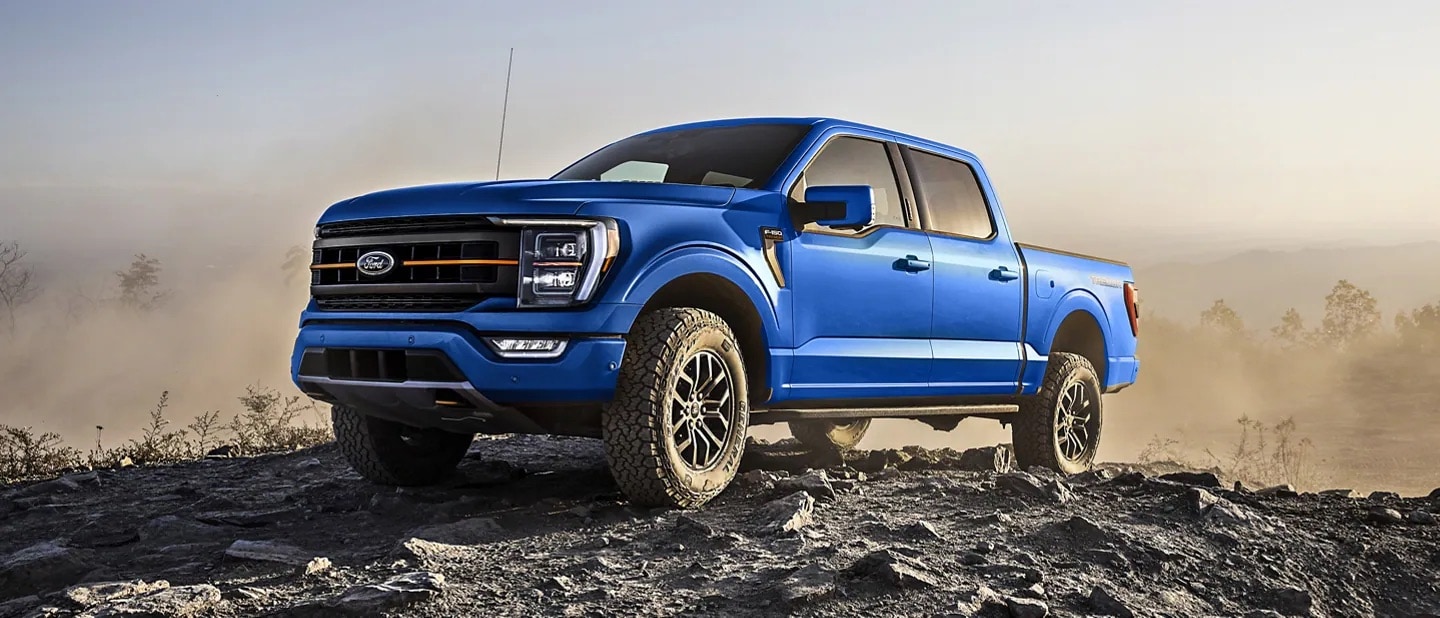
The Ford F150 is an affordable full-size truck with numerous powertrain options and high ground clearance, making it a great base option for an overland build and your daily driver or work truck. With electronic locking rear differentials and a towing capacity ranging from 3,000 -10,000 pounds (depending on the engine and transmission option), the Ford F150 is a spacious and rugged truck that can haul plenty of gear wherever the road takes you.
Once we moved to a truck-mounted camper, we chose the Ford F350, with a one-ton towing capacity, as our rig. It offers many of the same features as the F150 but with a larger payload capacity. Despite the heavy load, the truck can still tackle rough roads.
The Best Overlanding Vehicles: Vans and RVs
Sportsmobile Classic 4×4
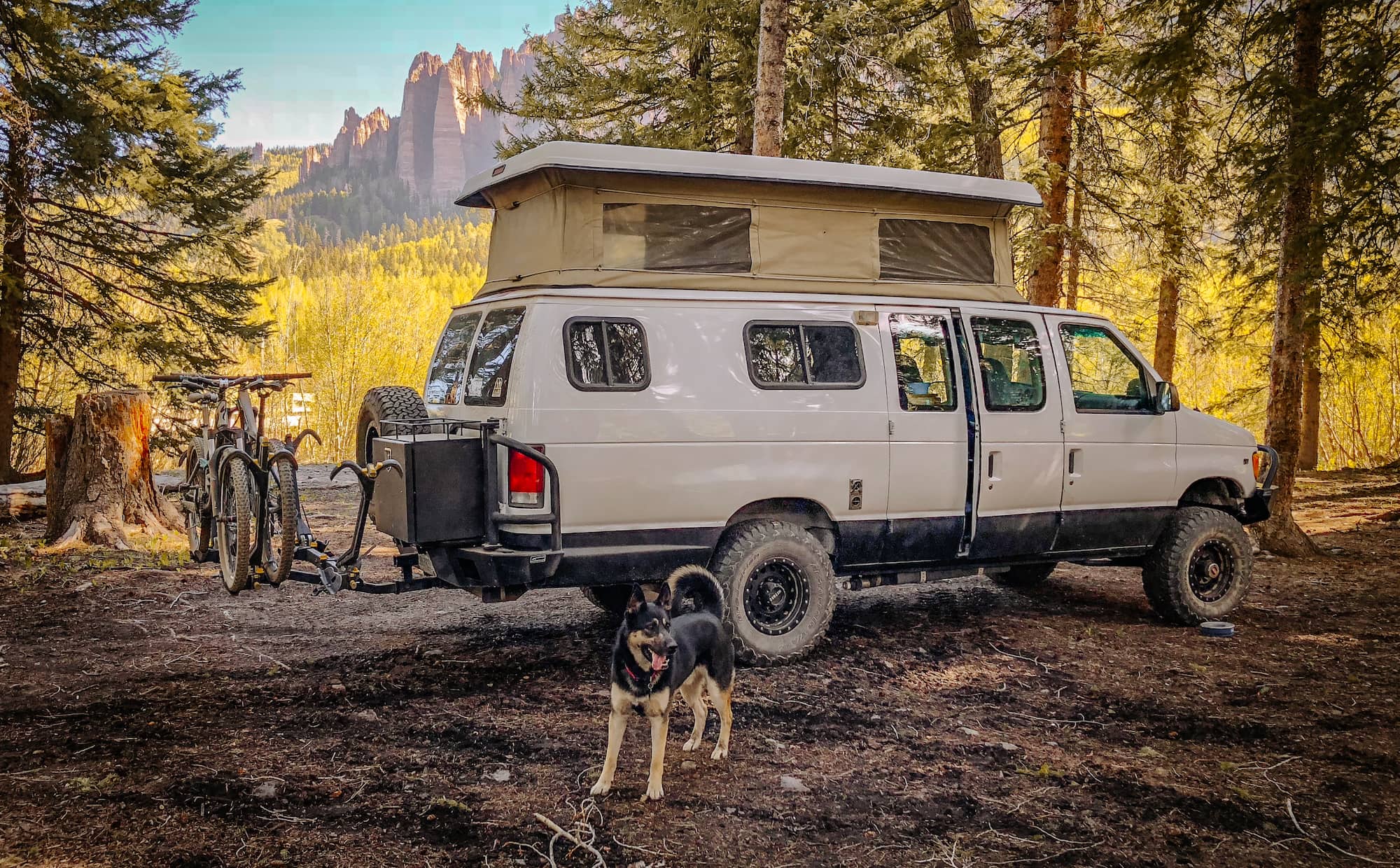
When we upgraded to a dedicated overlanding vehicle, we wanted a rig with a few more built-in comforts without sacrificing off-road capability. We settled on a Sportsmobile Classic 4×4 and bought Ramsey El Wardani’s personal rig. Ramsey was one of the pioneers of 4×4 van conversions, co-founder of Agile Off-Road, and a four-time winner of the Baja 500 and 1000, a prestigious off-road race in Mexico. The van was equipped with an upgraded Agile RIP suspension system, beefed up front and rear axels, a lift for additional ground clearance, and front and rear Aluminess bumpers. It was a beast.
Since 1961, Sportsmobile has made some of the most robust and capable vans on the market. Constructed on a Ford Van Cutaway chassis combined with a steel-reinforced fiberglass shell, the Sportsmobile is a heavy-duty adventure van. An integrated penthouse pop-top lifts 36 inches for additional headroom and sleeping space, with clear vinyl windows providing 360-degree views. The soft-top penthouse stays surprisingly warm with the heat cranking, even in frigid temperatures — we survived the night in -10 degrees in the Taos Ski Valley parking lot to wake up to fresh powder turns.
Its streamlined design provides a lower driving profile, making it less top-heavy for better fuel economy and a smoother ride from pavement to dirt. Inside, the simple yet functional design is an open floorplan with a kitchen and a couch that opens into additional sleeping space.
Winnebago Revel
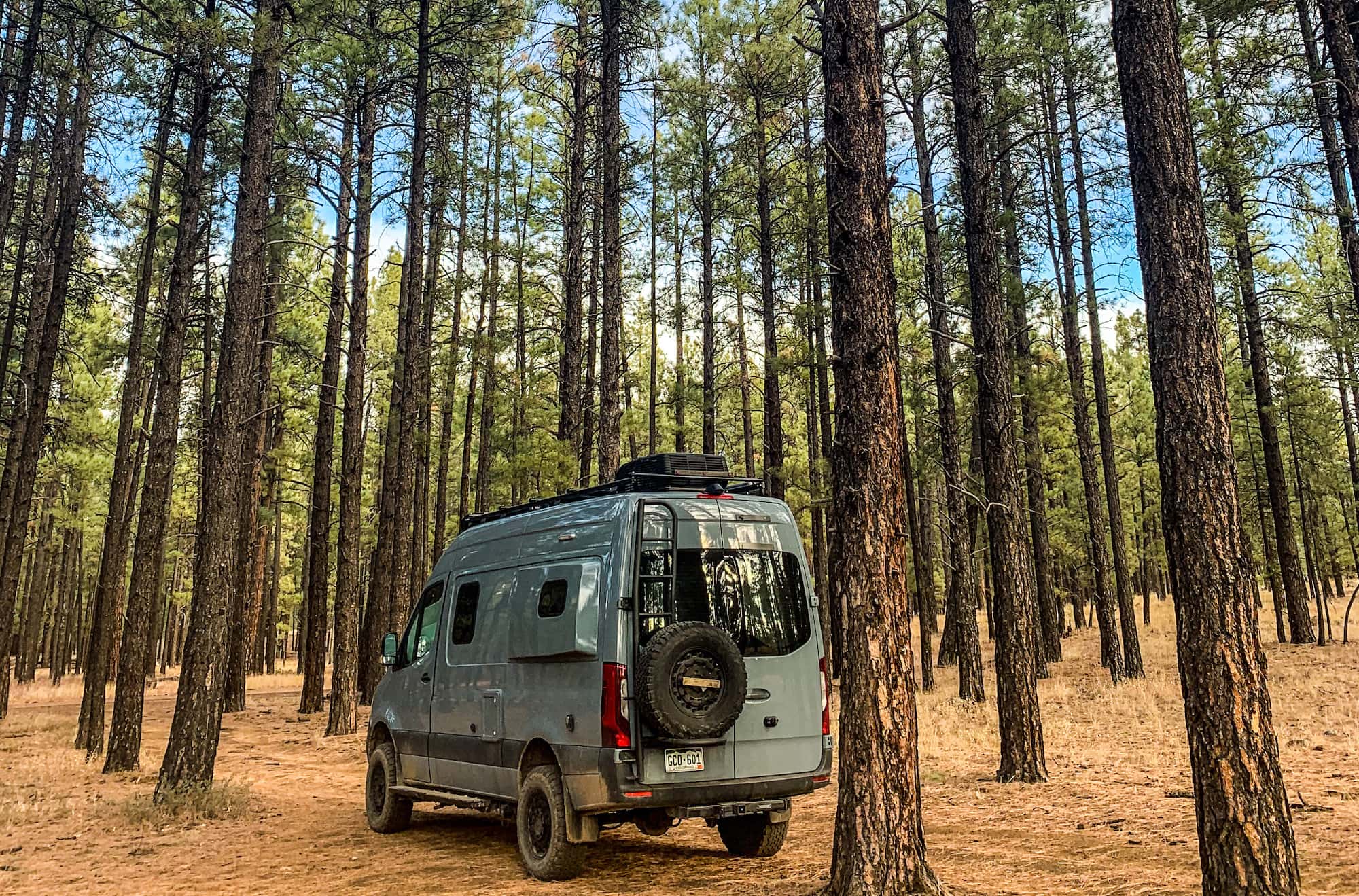
Built on a Mercedes Benz Sprinter van chassis, the Winnebago Revel is a 4-wheel drive adventure van that’s off-road ready. When I was pregnant with my first boy, we knew we needed a rig with forward-facing passenger seats to carry a car seat safely. The Revel’s bench seat provided seatbelts and turned into dinette seating when you spin the front seats around. In the back of the van, a powerlift bed creates ample storage space. Whether we are storing bikes or setting up a baby bed, there is plenty of flexible space to fit your needs.
The interiors of the Revel are well-designed. A sleek galley kitchen is lined with heavy-duty flooring and aluminum frame cabinets that are easy to clean. A storable induction cooktop and a counter extension provide plenty of horizontal kitchen surfaces. Outfitted with all the safety features of Mercedes, a 3L turbo diesel engine, and a 320-amp hour LiFePO4 battery, the Revel provides luxury comforts and gets you off the grid for longer.
When our son arrived, he immediately agreed with our decision to purchase a Revel. He first slept through the night during a ten-day road trip to California at ten weeks old.
Earthroamer SX
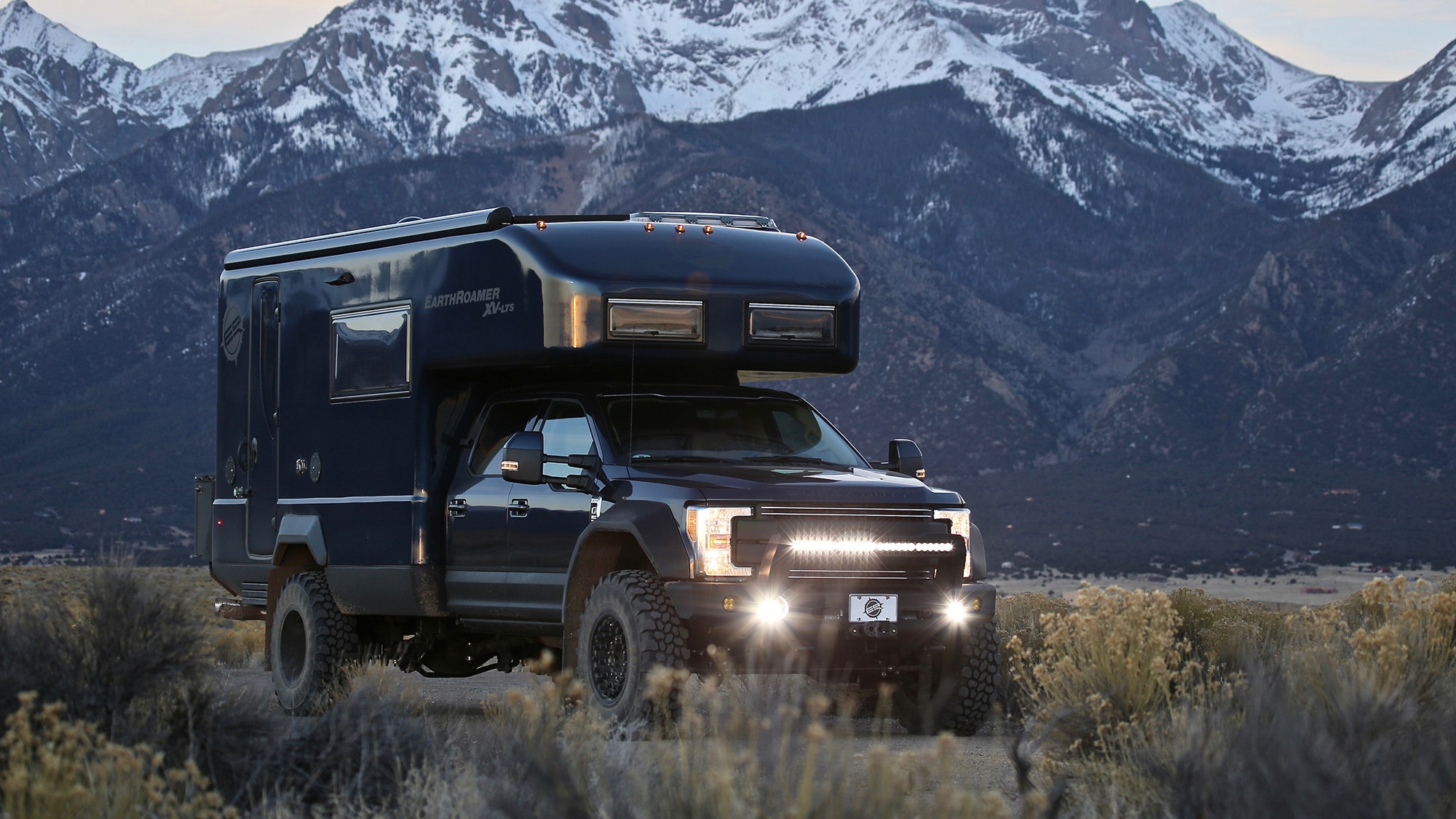
One of the most oversized vehicles with the highest price tag is the EarthRoamer. This self-contained luxury expedition rig is made for long-distance overland travel. The new Earthroamer SX is an extravagant – but extremely capable – four-season home on wheels, built on a Chevrolet Silverado 6500HD with a Duramax 6.6L Turbo-diesel V8 engine. The massive machine boasts a Vacuum Infused Carbon Fiber camper body, resulting in a higher strength and lighter weight frame than any traditional RV or overland vehicle.
High-end finishes rival a luxury loft. A spacious living area offers room for up to 6 adults during the day and transitions into additional bedding at night. The kitchen is outfitted with modern appliances such as a stainless refrigerator, induction cooktop, and microwave, with options to add a washer/dryer, espresso maker, or wine fridge. Savor the views with 270-degree windows or stargaze through the roof hatch from the plush king bed at night.
The Earthroamer allows the ultimate independence in remote areas. Get off the grid with a 110-gallon diesel fuel tank, a 120-gallon freshwater tank, an 18,000-watt lithium-ion battery, and a massive rooftop solar array, creating a reliable and robust energy system. Sporting 43” military-grade tires on beadlock wheels and a specifically designed suspension kit, the Earthroamer has excellent ground clearance and off-road capability. The wider body and fixed raised roof can make it harder to navigate narrow roads, but this mammoth vehicle is built with an ultra-light body and high performance to tackle some pretty tough terrain for an extended amount of time.
What You Need to Know Before Buying an Overlanding Vehicle
There’s a lot to understand before dropping some cash on a fun vehicle. Here’s a couple of factors to consider.
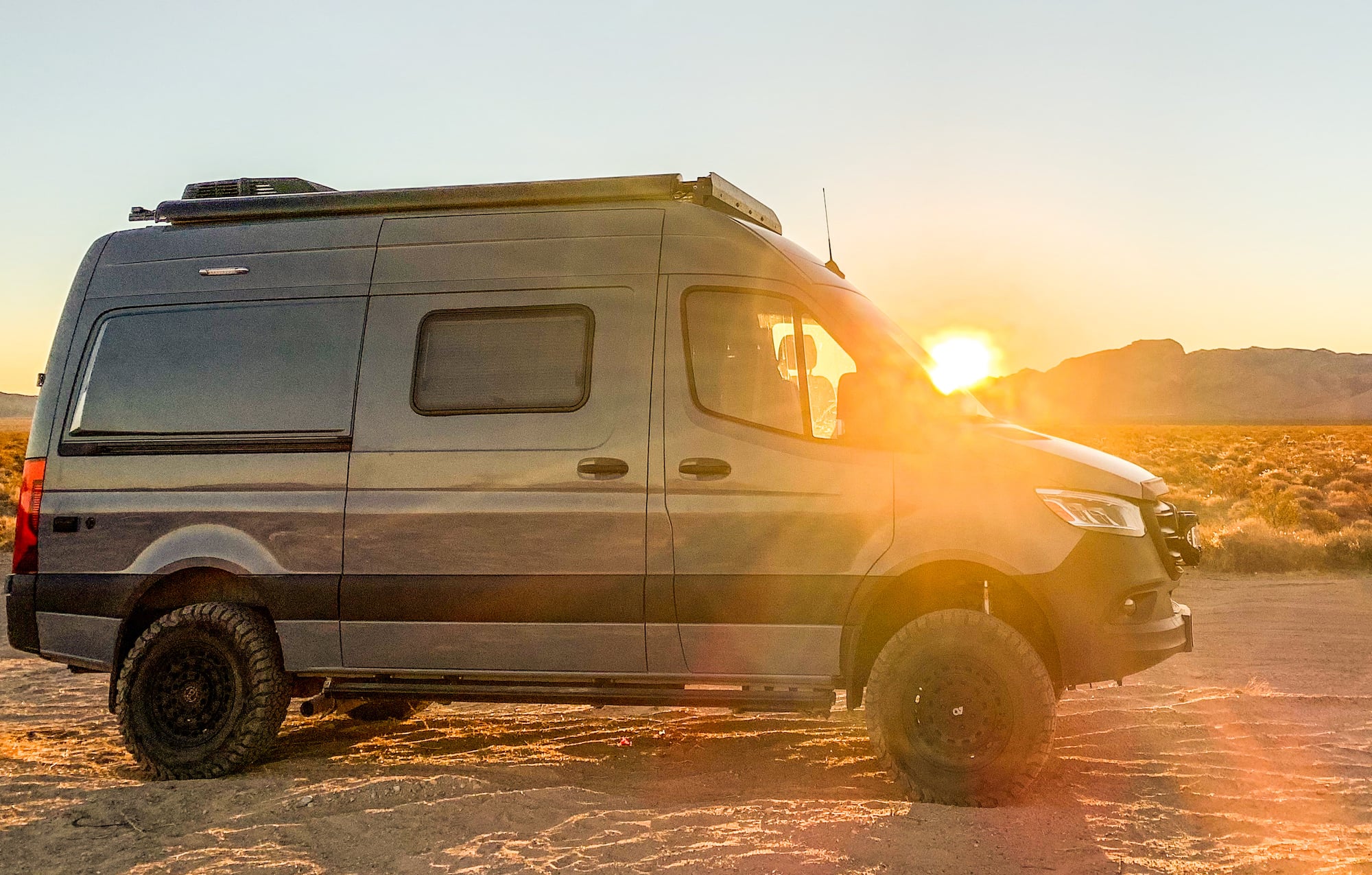
Budget
You don’t need a brand-new or over-the-top rig to go overlanding – it’s easy to start with what you have and customize it to what you need. Overlanding isn’t inexpensive, especially if you go down the rabbit hole of new vehicles, modifications, and aftermarket accessories. Rigs range from a few thousand dollars to close to a million. So be realistic with what you can afford—there will always be maintenance and repair costs.
Size
One of the most important things to consider is the size of your vehicle, which will determine how many passengers it can carry, how much gear you’re bringing, and the type of terrain it can navigate.
Smaller vehicles can maneuver more easily through tight roads and technical terrain. On the other hand, a larger vehicle can transport more people, gear, and haul heavier loads. Some larger vehicles are equipped with creature comforts such as kitchens with running water, heaters, and showers. Understanding who and what is coming with you will determine your desired vehicle size.
Payload Capacity
The payload capacity is the maximum weight the vehicle can safely carry. If you’re considering adding extensive and heavy aftermarket accessories or pulling toys or trailers, this is a number you’ll need to pay attention to. A larger payload capacity equates to a larger – and more expensive – engine and heavier chassis.
Power Output & Fuel Efficiency
Typically, vehicles are either fuel-efficient or have powerful engines – but there are exceptions to every rule. If your daily driver and adventure vehicle are the same, finding a more fuel-efficient truck or SUV might be the better move. Alternatively, you might favor a larger engine to compensate for carrying lots of gear and heavy loads.
Capability
Choosing a capable overland vehicle is critical since overlanding is exploring remote destinations. Getting to those hard-to-reach spots can involve rough terrain and difficult driving conditions. Some stock vehicles are off-road ready once they roll out of the factory. If yours isn’t, there are extensive aftermarket accessories to make your rig more capable for rough roads. Lifts, wheel and tire upgrades, suspension systems, and larger front and rear axles will make exploring the open road easier.
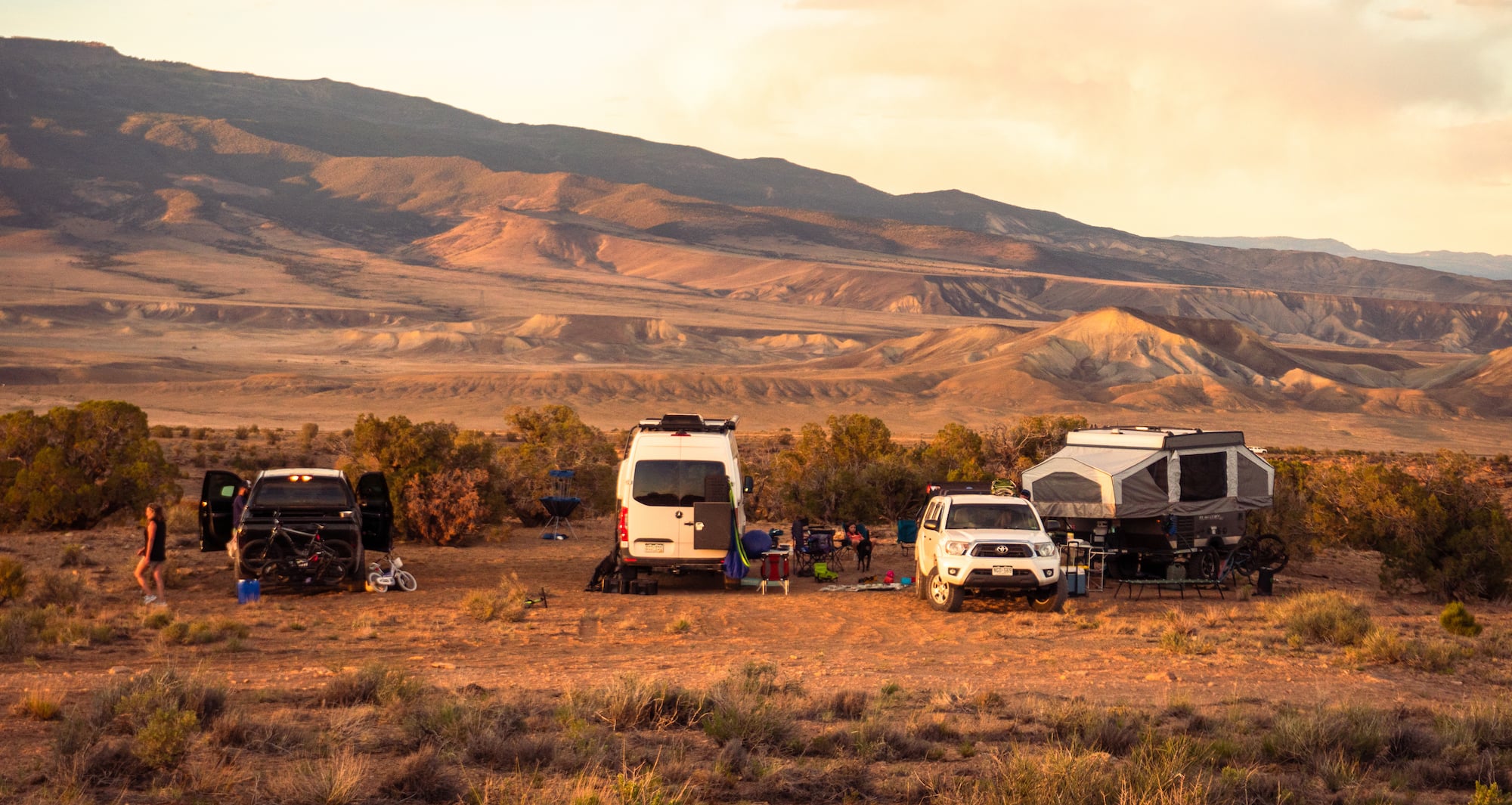
Reliability
Overlanding adventures take you off the beaten path, so investing in a safe and reliable rig should be a top priority. Some manufacturers are known to build engines that last and have fewer maintenance problems. But even the most reliable cars aren’t immune to breakdowns. Find a vehicle that is easy to service and has readily available parts should something break and you’re far from home.
Driveability
There will most likely be extensive highway miles between the dirt roads. Some vehicles handle on and off-pavement roads better than others. The driveability factor may be more or less important to you, depending on how far and often you drive this vehicle. Off-road tires can be noisy on the highway and wear out quickly, so consider investing in All-Terrain tires if your rig is also your daily driver or work truck.
Aftermarket Accessories
Aftermarket accessories allow you to customize your vehicle for your preferences and needs. Rooftop tents provide more sleeping space, while upgraded suspension systems, bumpers, and winches enhance the off-road performance and ability to self-recovery. Batteries, solar panels, and inverters provide power when you’re off the grid, while boxes, roof racks, and molle panels allow you to carry gear that doesn’t fit inside. The options are endless.
There’s a healthy market for custom accessories for each type of vehicle, although some vehicles with a cult off-road following have more options than others.
Explore More
Sign up for Weekend Wanderer to join 10,000+ readers getting epic travel ideas every week.
Seen in: Gear, Lifestyle, Road Trips, Travel

